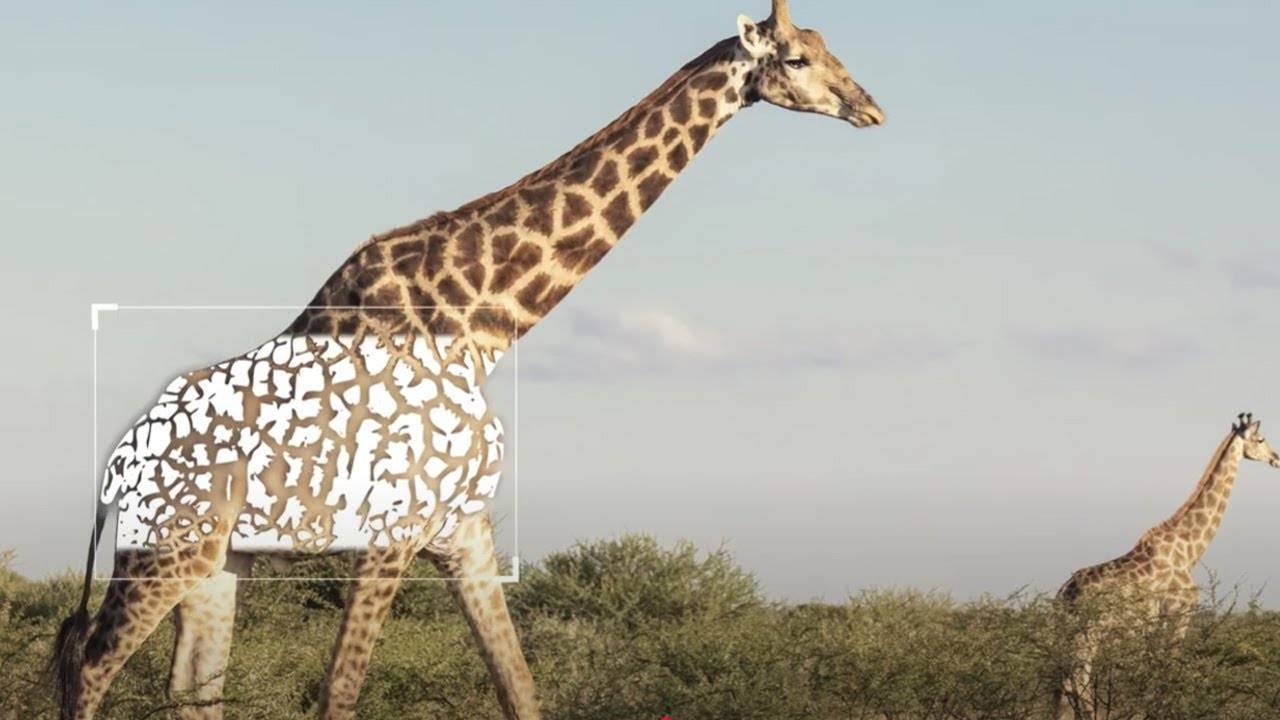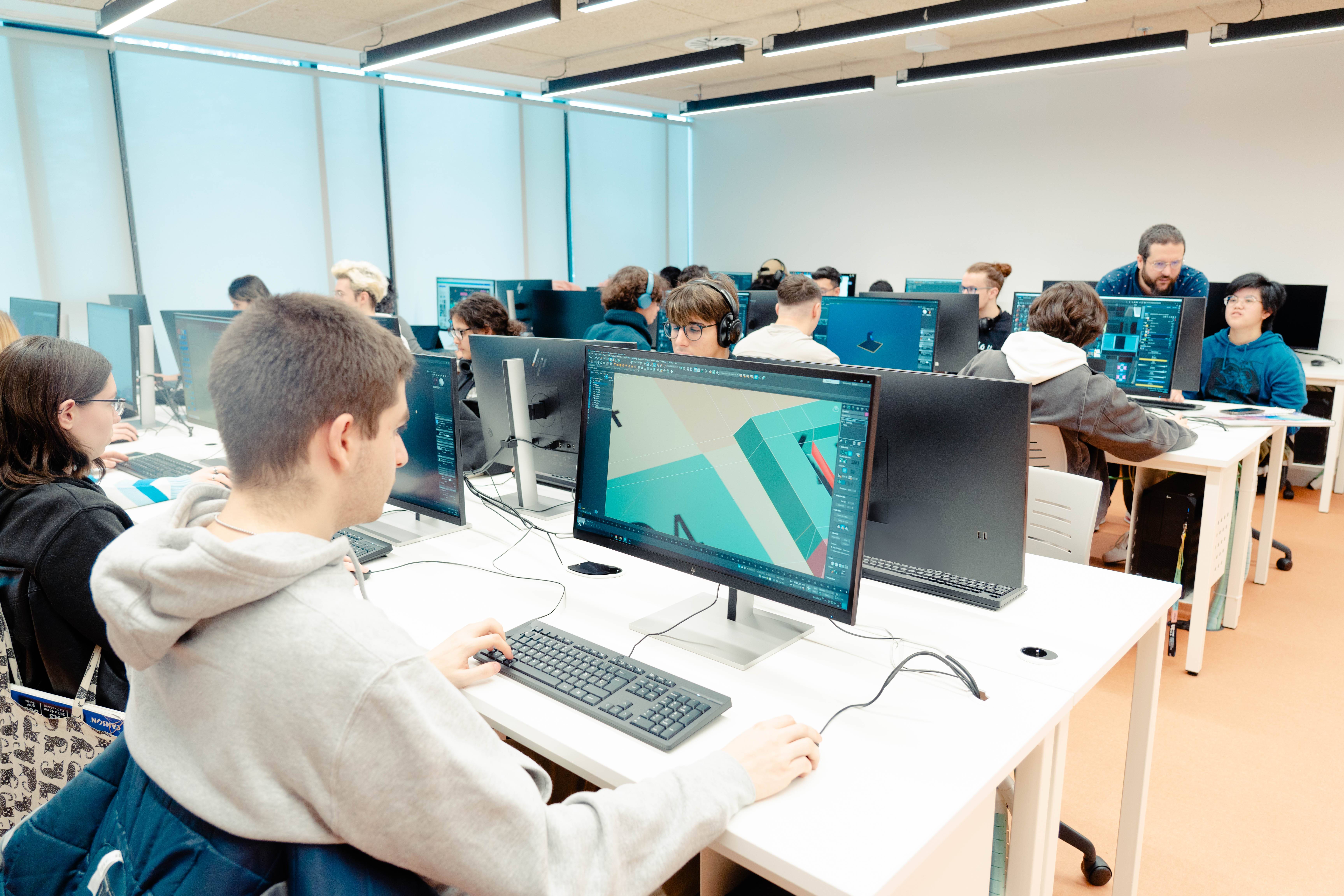5 reasons why you should train in mathematics applied to software engineering
In today's world, where technology and software engineering form the backbone of almost every industry, applied mathematics emerges as a fundamental tool for innovating and solving complex problems. Here we explore five reasons why training in applied mathematics is essential for those who are or want to go into software engineering.
5 applications of mathematics in software engineering
Solving complex problems
Software engineering often faces challenges that require innovative and efficient solutions. Applied mathematics, with its focus on solving real problems using mathematical models, provides the necessary tools to address these complexities. In areas such as resource planning, social network analysis and data mining it is essential to apply optimisation algorithms, graph theory and statistics, knowledge that is acquired in training in Applied Mathematics. The ability to model real-world problems and apply mathematical principles to solve them is invaluable in developing efficient software and improving existing systems.
Developing efficient algorithms
The essence of software engineering lies in the development of algorithms, precise instructions that solve specific tasks. Applied mathematics provides a deep understanding of how to design these algorithms to be more efficient, less costly in terms of computational resources and faster. Algorithm analysis, a branch of applied mathematics, allows engineers to assess computational complexity and optimise software performance. This is crucial in today's era, where software efficiency has a direct impact on the user experience and operational costs of companies.
Artificial Intelligence and Machine Learning Innovation
Artificial intelligence (AI) and machine learning (ML) are redefining what is possible in the field of software engineering. These technologies, which are at the heart of today's digital revolution, are deeply rooted in applied mathematics. From neural networks to clustering algorithms, mathematical principles are fundamental to creating models that can learn from data, make predictions and make decisions. Training in applied mathematics not only equips you to contribute to this rapidly evolving field, but also prepares you to lead innovation,developing new techniques and algorithms that could define the future of technology.
Security and cryptography
In the digital world we live in, information security is paramount. Cryptography, the study of secure communication techniques, is a direct application of applied mathematics that uses number theory, abstract algebra and computational complexity to design systems that protect against cyber attacks. Training in applied mathematics enables you tounderstand and develop the theoretical foundations behind security protocols, ensuring that information and communications are protected in an environment increasingly threatened by data breaches.
System modelling and simulation
Modelling and simulation play a crucial role in the design and analysis of software systems, especially those that are too complex or dangerous to test in the real world. Applied mathematics provides the techniques to create accurate models of physical, economic or social systems, allowing engineers to predict behaviour, optimise design and make adjustments prior to implementation. This not only saves time and resources, but also opens up new possibilities for experimenting with innovative designs and solutions.
Study the Bachelor's Degree in Applied Mathematics at UDIT
Applied mathematics is much more than an academic discipline; it is an essential tool for progress and innovation in software engineering. It provides a framework for solving complex problems, developing new technologies, improving software security and efficiency, and understanding and manipulating large volumes of data. They also foster an analytical and adaptive mindset that is crucial in an ever-changing technological world. In short, training in applied mathematics not only enhances your skills and knowledge as a software engineer, but also prepares you to lead the next wave of technological innovations. At UDIT we have the Degree in Applied Mathematics in Software Engineering, where you will be trained in mathematics from a practical perspective, away from the traditional abstraction and problem solving. Your profile will be unique, as you will be able to access the official certification exams recognised worldwide, such as the Azure AI Fundamentals certification that allows you to achieve the first level in the path generated by Microsoft for artificial intelligence engineers.









